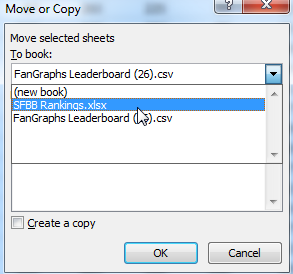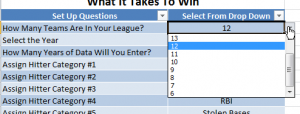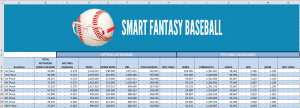Welcome to the fifth part of the “Create Your Own Fantasy Baseball Rankings” series. If you missed an earlier part, you can find it here. You can start at the beginning of the series or if you want to start here at Part 5, you can download the Excel file created during part 4 here.
Please note that this six part series has been adapted into a 10 part book that also shows you how to convert standings gain points into dollar values and how to calculate in-draft inflation.
A few notes about the series:
- It was originally written before the 2013 MLB season. The screenshots and player references you see might refer to things from that time frame, but the same approach will work today.
- If you register as SFBB Insider, you can receive all six parts in a free, tidy, and easy-to-use e-book
- Familiarity with Excel is recommended, but I do my best to explain all formulas and functions used
- Some of the formulas used in the series do not work in Excel for Mac computers. I apologize for this. I don’t understand why Excel isn’t built to operate the same on that platform.
In this fifth part of the series we will discuss the concept of Standings Gain Points (SGP), a method of evaluating and ranking players. At the end of this part, we’ll actually have some primitive rankings in place. But we have quite a few concepts to go over before we jump into Excel.
THE DIFFICULTY IN RANKING PLAYERS
Which player is worth more and should be ranked higher?
- Player A – .280, 65R, 30HR, 95RBI, 0SB
- Player B – .265, 100R, 10HR, 55RBI, 40SB
Or how about this?
- Player A – .280, 65R, 30HR, 95RBI, 0SB
- Player C – 5W, 40SV, 75SO, 2.50ERA, 1.10 WHIP
How do you rank different types of players (speed/average vs. power/RBI)? Or even worse, how do you evaluate the worth of a hitter against the worth of a pitcher? Enter the concept of Standings Gain Points.
STANDINGS GAIN POINTS – MY INTERPRETATION
The end goal of rotisserie fantasy baseball is to accumulate the most points in the standings. The Standings Gain Points approach to valuing players is to convert a player’s statistics into the number of rotisserie points those statistics are worth.
Let’s use some example statistics from a real 12-team 5×5 rotisserie league to illustrate:
| POS | HR | RBI | W | ERA |
|---|---|---|---|---|
| 1 | 291 | 1,054 | 108 | 3.359 |
| 2 | 287 | 1,027 | 107 | 3.365 |
| 3 | 281 | 1,017 | 93 | 3.477 |
| 4 | 274 | 1,003 | 92 | 3.678 |
| 5 | 272 | 998 | 88 | 3.815 |
| 6 | 267 | 973 | 88 | 3.857 |
| 7 | 263 | 968 | 84 | 3.946 |
| 8 | 261 | 965 | 82 | 4.096 |
| 9 | 244 | 945 | 82 | 4.097 |
| 10 | 239 | 921 | 81 | 4.177 |
| 11 | 234 | 920 | 81 | 4.284 |
| 12 | 191 | 792 | 78 | 4.361 |
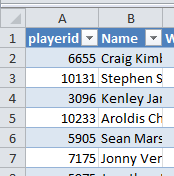

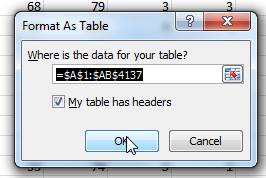
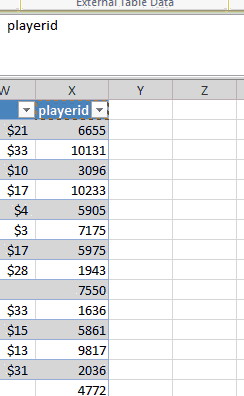
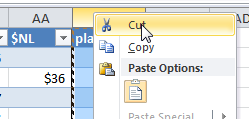
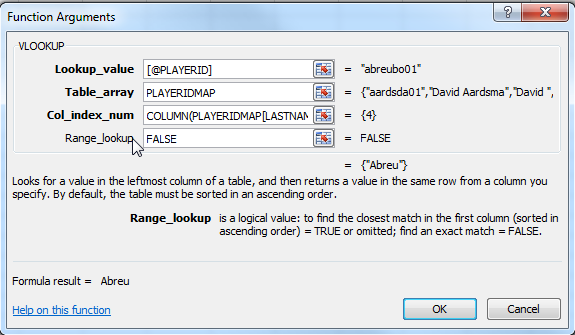
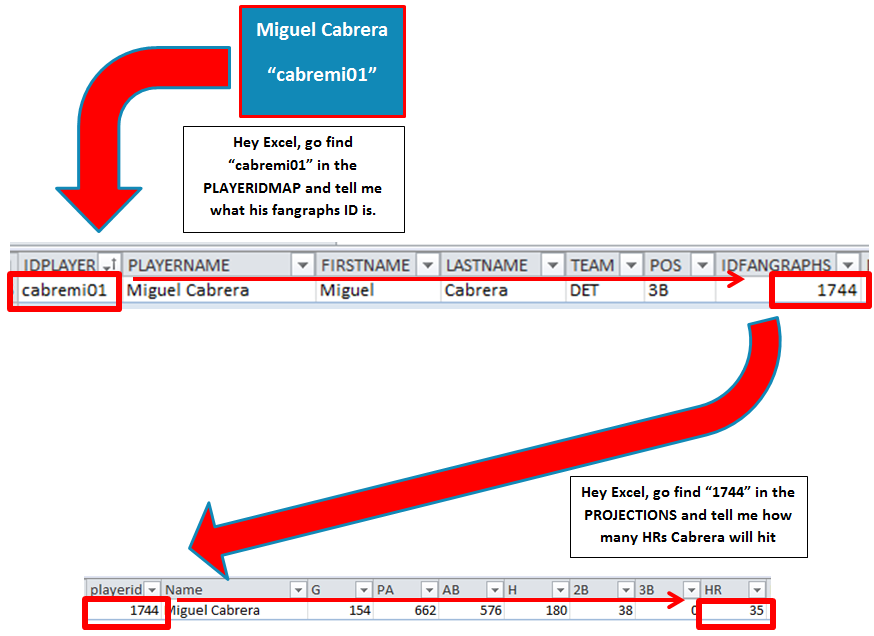



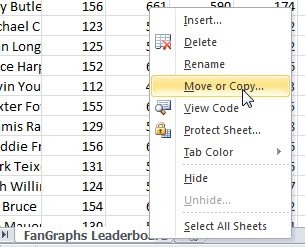 When prompted, choose your Rankings Excel file (saved in step 1 above) from the drop down menu. Then hit “OK”.
When prompted, choose your Rankings Excel file (saved in step 1 above) from the drop down menu. Then hit “OK”.